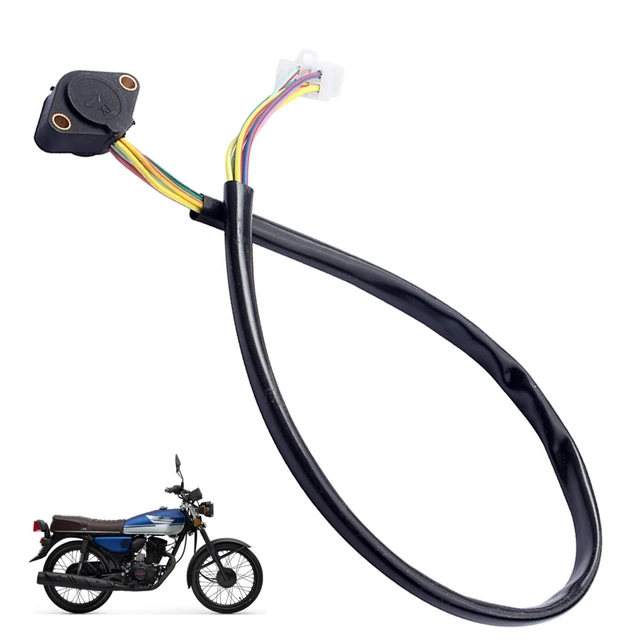Introduction:
Understanding the Importance of Gear Changes on a Motorcycle
Changing gears is an essential skill for any motorcycle rider. Proper gear shifting helps control the speed, acceleration, and overall performance of the motorcycle. In this comprehensive guide, we will walk you through the step-by-step process of changing gears on a motorcycle. By understanding the mechanics and techniques involved, you can become proficient in gear shifting and enhance your riding experience.
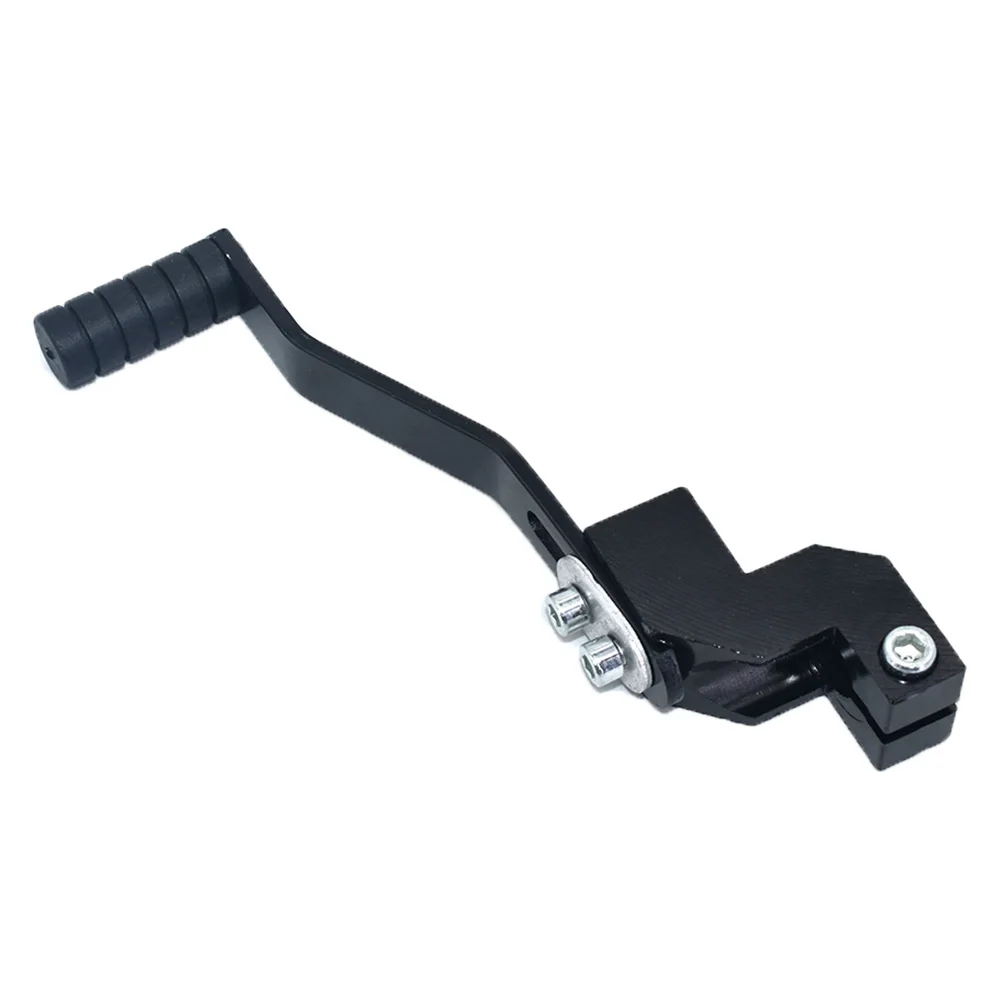
Mastering Gear Changes on a Motorcycle: A Step-by-Step Guide
-
Finding Neutral
Finding neutral is the starting point for changing gears on a motorcycle and is necessary when starting the engine or coming to a complete stop. Follow these steps to find neutral:
a. Squeeze the clutch lever: Use your left hand to squeeze the clutch lever towards the handlebar. This disengages the power from the engine to the transmission, allowing you to shift gears.
b. Engage the rear brake: Use your right foot to engage the rear brake by pressing down on the rear brake pedal. This keeps the motorcycle stable and prevents it from rolling while shifting gears.
c. Tap down on the gearshift lever: Use your left foot to tap down on the gearshift lever repeatedly until you feel a slight “click” or see the neutral indicator light up on the instrument cluster. This indicates that you have found neutral.
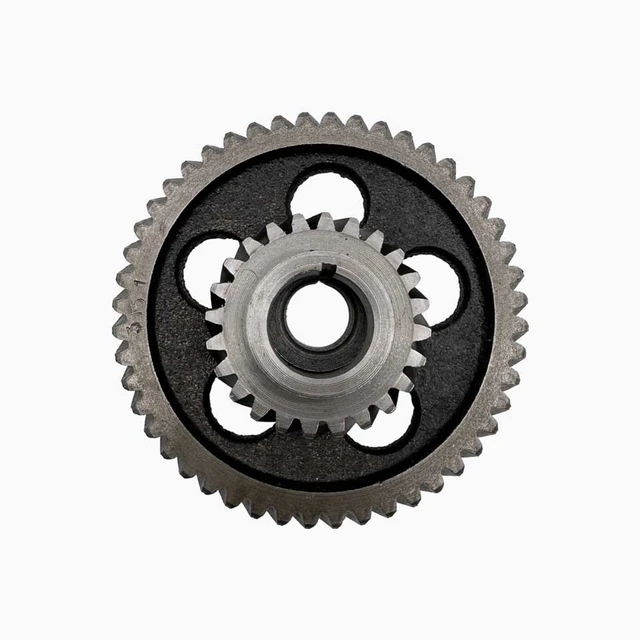
-
Shifting into First Gear
Once you have found neutral, you can shift into first gear to begin your ride. Follow these steps to shift into first gear:
a. Squeeze the clutch lever: With your left hand, squeeze the clutch lever towards the handlebar to disengage the transmission.
b. Place your left foot on the gearshift lever: Position your left foot on the gearshift lever, ready to shift gears.
c. Gradually release the clutch lever: Slowly release the clutch lever while gently applying throttle with your right hand. As you release the clutch lever, the motorcycle will start to move forward.
d. Continue releasing the clutch fully: Gradually release the clutch lever all the way until it is fully engaged. At this point, you are in first gear and ready to ride.
-
Upshifting to Higher Gears
As you gain momentum and the engine revs increase, you will need to upshift to higher gears to maintain a smooth and efficient ride. Follow these steps to upshift:
a. Accelerate and reach the desired RPM: Using the throttle, increase your speed and reach a higher RPM (revolutions per minute) on the engine.
b. Squeeze the clutch lever: With your left hand, squeeze the clutch lever towards the handlebar to disengage the transmission.
c. Place your left foot on the gearshift lever: Position your left foot on the gearshift lever, ready to shift gears.
d. Shift up to the next gear: Apply upward pressure on the gearshift lever with your left foot to shift up to the next higher gear.
e. Gradually release the clutch lever: As you release the clutch lever slowly, simultaneously roll off the throttle slightly to smooth out the gear transition. This allows the engine and transmission to engage smoothly.
f. Repeat the process for higher gears: Continue following the steps above to upshift through the available higher gears as your speed increases.
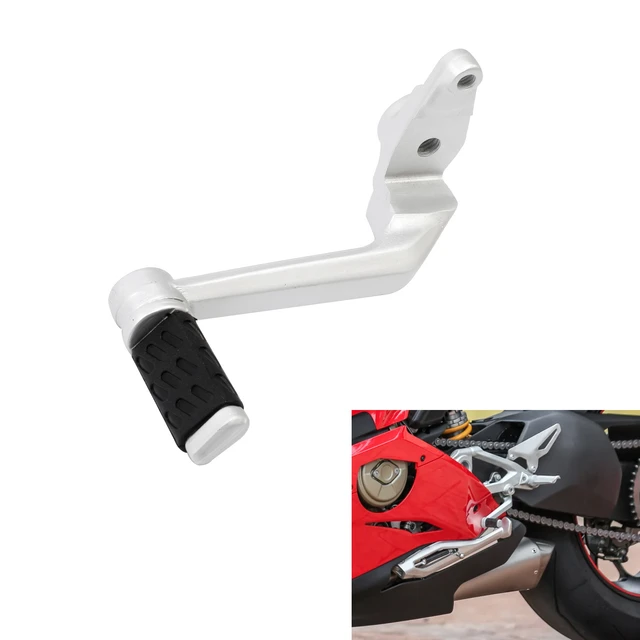
-
Downshifting to Lower Gears
When you need to slow down or prepare for a stop, downshifting to lower gears is crucial for maintaining control and preventing engine damage. Follow these steps to downshift:
a. Begin deceleration: Gradually reduce your speed by rolling off the throttle with your right hand while maintaining a firm grip on the handlebars.
b. Squeeze the clutch lever: With your left hand, squeeze the clutch lever towards the handlebar to disengage the transmission.
c. Place your left foot on the gearshift lever: Position your left foot on the gearshift lever, ready to shift gears.
d. Shift down to the next lower gear: Apply downward pressure on the gearshift lever with your left foot to shift down to the next lower gear.
e. Gradually release the clutch lever: As you release the clutch lever slowly, simultaneously apply a slight amount of throttle to match the engine speed with the lower gear. This smooths out the gear transition and ensures the engine and transmission engage smoothly.
f. Repeat the process for lower gears: Continue following the steps above to downshift through the available lower gears as you decelerate or come to a stop.
-
Braking and Coming to a Stop
When coming to a complete stop or preparing for a stationary position, it is crucial to follow proper braking techniques. Here’s how to brake and come to a stop:
a. Gradually apply the brakes: With your right hand, progressively squeeze the front brake lever to apply the front brakes. Simultaneously, use your right foot to engage the rear brake by pressing down on the rear brake pedal.
b. Downshift to first gear: As you apply the brakes, downshift to first gear following the steps outlined in the earlier section.
c. Release the clutch lever: Gradually release the clutch lever while coming to a stop, ensuring the transmission is engaged to prevent stalling.
d. Bring the motorcycle to a complete stop: Once you have reached a full stop, place both feet on the ground for stability.
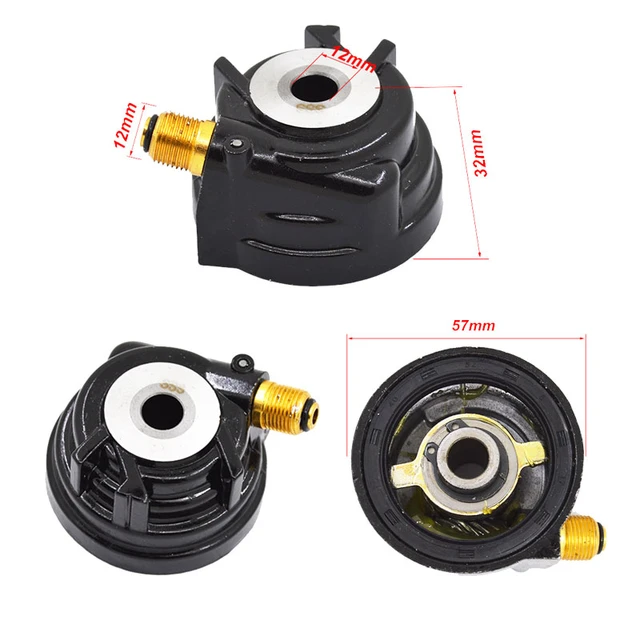
-
Rev-Matching Technique (Optional)
Once you have become comfortable with shifting gears, you can enhance your gear-changing skills by incorporating the rev-matching technique. Rev-matching involves matching the engine speed (RPM) with the speed of the motorcycle when downshifting, resulting in smoother gear transitions. Follow these steps to rev-match:
a. Begin deceleration: Start reducing your speed by rolling off the throttle and applying the brakes as needed.
b. Squeeze the clutch lever: With your left hand, squeeze the clutch lever towards the handlebar to disengage the transmission.
c. Place your left foot on the gearshift lever: Position your left foot on the gearshift lever, ready to downshift.
d. Blip the throttle: While still squeezing the clutch lever, quickly and momentarily open the throttle slightly (blip) to increase the engine speed for a brief moment. This blip matches the engine speed to the lower gear you are shifting into.
e. Shift down to the next lower gear: Apply downward pressure on the gearshift lever with your left foot to shift down to the next lower gear.
f. Gradually release the clutch lever: As you release the clutch lever slowly, the synchronized engine speed allows for a smoother transition between gears.
g. Repeat the process for subsequent downshifts: Continue following the steps above to rev-match and smoothly downshift through the available lower gears.
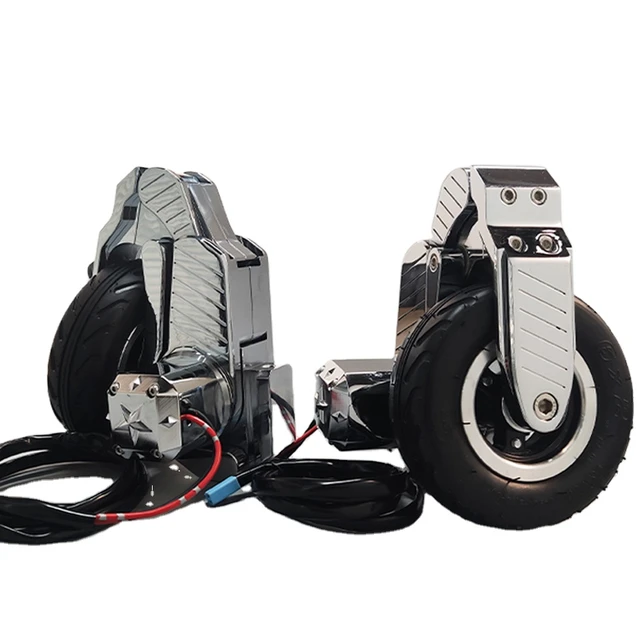
Conclusion: Mastering Gear Changes on a Motorcycle
Gear shifting is an essential skill for every motorcycle rider. By following the step-by-step guide outlined above, you can confidently change gears on your motorcycle, ensuring smooth acceleration, controlled deceleration, and optimal performance. Practice is key to mastering gear changes, so find a safe and open area to practice shifting gears until it becomes second nature. Remember to always prioritize safety, maintain situational awareness, and adhere to local traffic laws while riding your motorcycle. Enjoy the freedom and thrill that motorcycling offers as you become proficient in smoothly and confidently changing gears on your motorcycle.

